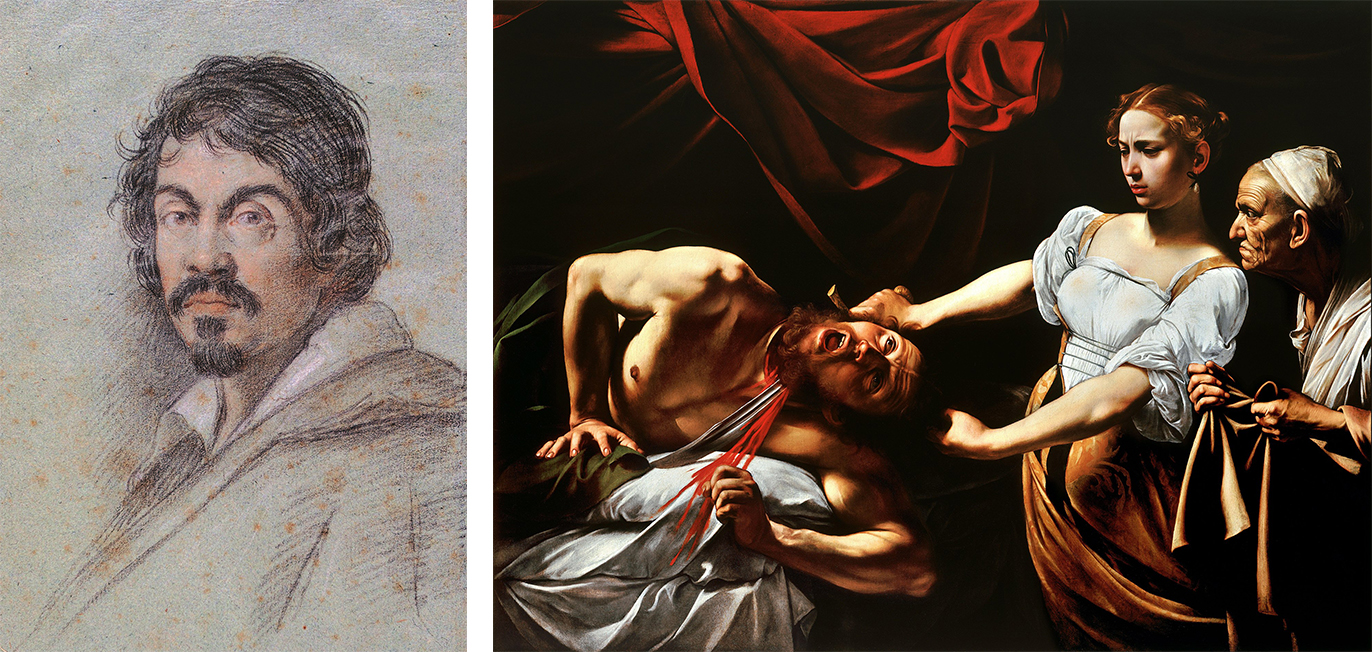On July 18, 1610, Caravaggio died in Porto Ercole, a tiny port town 100 miles north of Rome. He was just 38 years old.
His dramatic, intensely realistic works—like Judith and Holofernes, currently on view at the Minneapolis Institute of Art—made him one of the most famous artists of his day. But Caravaggio was violent and deeply troubled. One writer described him, in 1604, as “ever ready to engage in a fight or an argument,” his sword at his side, “so that it is most awkward to get along with him.” Indeed, in 1606 he murdered a man in a street fight and spent the last four years of his life on the run.
Even as an outlaw, however, Caravaggio continued to win prestigious commissions—and make enemies. In 1609, he was seriously wounded in a knife attack in Naples and never fully recovered. He was making his way to Rome the following year, in hopes of securing a papal pardon, when he fell ill in Porto Ercole and died. Exactly what he succumbed to has been endlessly debated, often on the basis of highly speculative research: fever, sepsis from infection of his wounds, lead poisoning, murder by the Knights of Malta.
The truth is we may never find out. What we do know is that there are only seven paintings by Caravaggio in public collections in the United States, none as violent and chilling as Judith and Holofernes (c. 1599). It is one of his most arresting works and is only at Mia—on loan from the Gallerie Nazionali di Arte Antica (Palazzo Barberini, Rome)—until August 20.

